History of the F-14 Eagle:
The Grumman F-14 Tomcat is an American supersonic, twin-engine, two-seat, twin-tail, variable-sweep wing fighter aircraft. It was the first such U.S. jet fighter with twin tails. The Tomcat was developed for the United States Navy's Naval Fighter Experimental (VFX) program after the collapse of the F-111B project. The F-14 was the first of the American Teen Series fighters, which were designed incorporating air combat experience against MiG fighters during the Vietnam War.
Why we chose the F-14 platform:
We have decided to enter into this contract and chose a outdated aircraft for our platform. We chose the F-14 series of planes due to their payload capacity and it’s Mach 2 cape abilities.at EAGLE TECHNOLOGIES.inc
We are about maximizing the potential of our aircraft, old and new. We took the F-14 and striped it down to the basics. We installed: a top of the line air to ground targeting system. Moved around some hard points to open up more space for bigger bomb/s and load out options. Because we striped it down before rebuilding it the gun placement was moved and the length and caliber were shortened. Due to this we could fit more ammo and have a higher fire rate. And we were able to upgrade the breaking power and wheel grip, But the one down side to these improvements is the airframes rigidity. Because of this steep angles of landing results in the front gear assembly collapsing, so shallower approaches are highly recommended.
Aircraft stats: (these r the stats of a real f-14 not the one I built)
Empty weight: 43,735 lb (19,838 kg)
Gross weight: 61,000 lb (27,669 kg)
Max takeoff weight: 74,350 lb (33,725 kg)
Fuel capacity: 16,200 lb (7,348 kg) internal fuel; 2x optional 267 US gal (222 imp gal; 1,010 l) / 1,756 lb (797 kg) capacity external tanks
Maximum speed: 1,342 kn (1,544 mph, 2,485 km/h)
Maximum speed: Mach 2.34
Combat range: 500 nmi (580 mi, 930 km)
Ferry range: 1,600 nmi (1,800 mi, 3,000 km)
Service ceiling: 50,000 ft (15,000 m) plus
Rate of climb: 45,000 ft/min (230 m/s) plus
Armaments:
1× 20 mm (0.787 in) M61A1 Vulcan 6-barreled Gatling cannon
Hardpoints:10 total:
6× under-fuselage, 2× under nacelles and 2× on wing gloves with a capacity of 14,500 lb (6,600 kg) of ordnance and fuel tanks
Missiles:
Air-to-air missiles: AIM-54 Phoenix, AIM-7 Sparrow, AIM-9 Sidewinder
Bombs:
JDAM precision-guided munition (PGMs)
Paveway series of laser-guided bombs
Mk 80 series of unguided iron bombs
Mk 20 Rockeye II
Controls:
Throttle: 15%-25% takeoff/landing/crushing speeds, 26%-50% Mach 1.5, 51%-100% Mach 2+
VTOL: ((DONT MOVE UP)) move back to change wing swep angle.
Trim: ((DONT MOVE UP)) move slider dow to deploy flaps.
AG1: deploy hook
AG4: activate backup flares/chaff
AG5: ejects air to ground missiles
AG6: ejects air to air missiles
AG7: ejects guided bomb
[ it is recommended to land the plane at low angles due to the gun placement and structure rigidity]
Specifications
General Characteristics
- Predecessor Naval Attack Challenge
- Created On iOS
- Wingspan 42.8ft (13.1m)
- Length 40.9ft (12.5m)
- Height 12.9ft (3.9m)
- Empty Weight 23,164lbs (10,507kg)
- Loaded Weight 30,712lbs (13,930kg)
Performance
- Power/Weight Ratio 2.634
- Wing Loading 60.8lbs/ft2 (297.1kg/m2)
- Wing Area 504.7ft2 (46.9m2)
- Drag Points 8402
Parts
- Number of Parts 472
- Control Surfaces 4
- Performance Cost 2,693

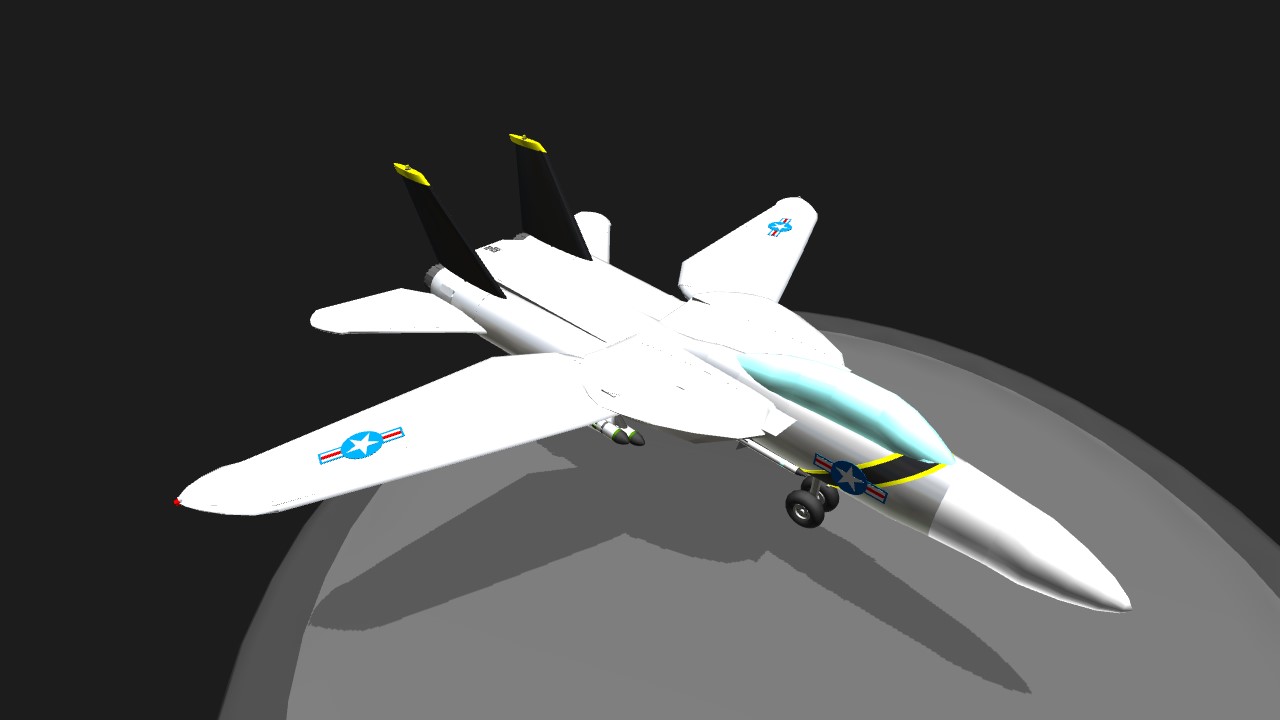
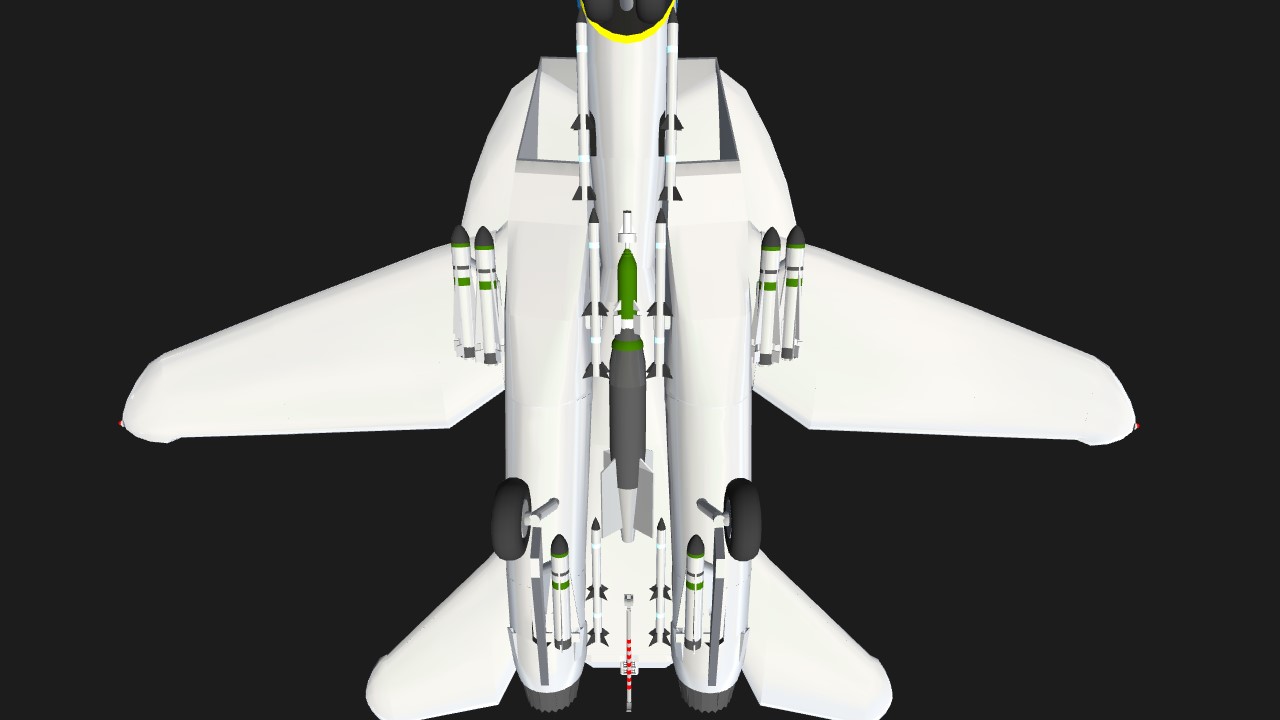
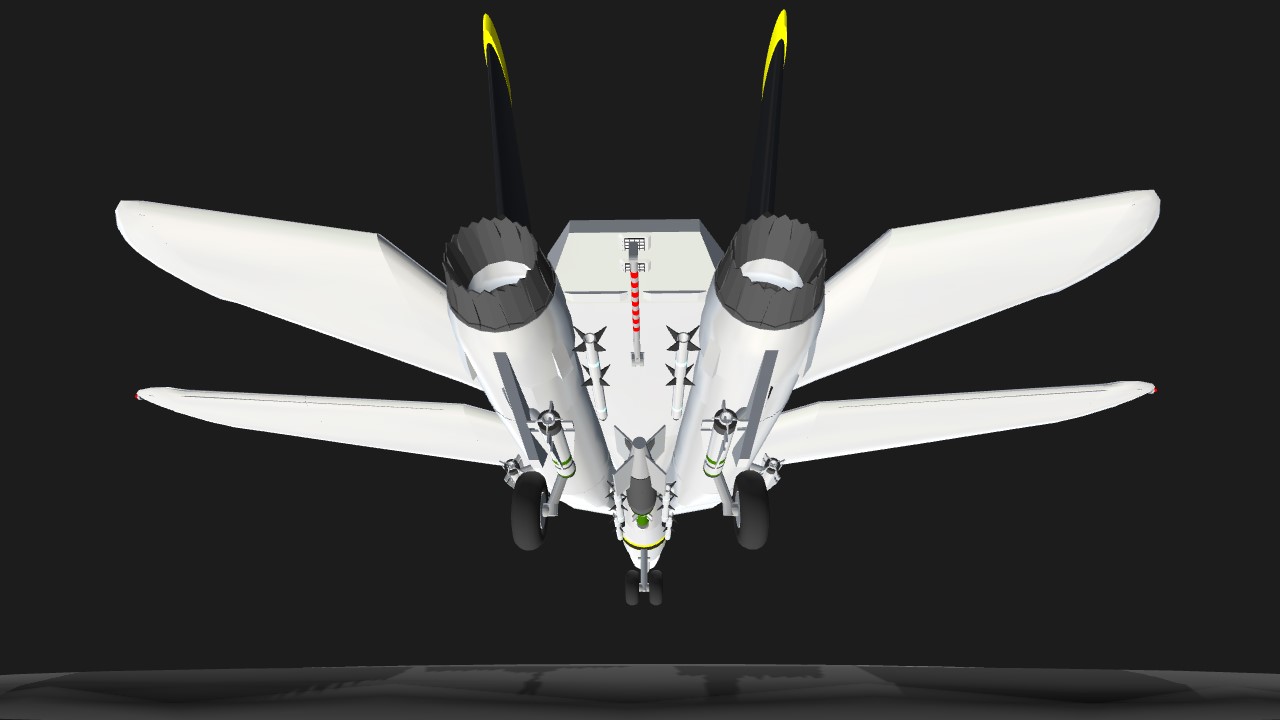
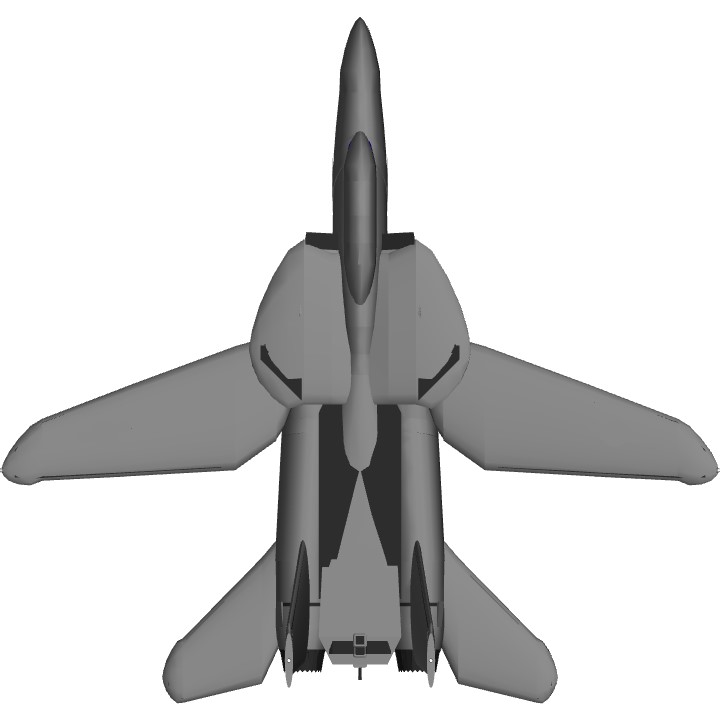
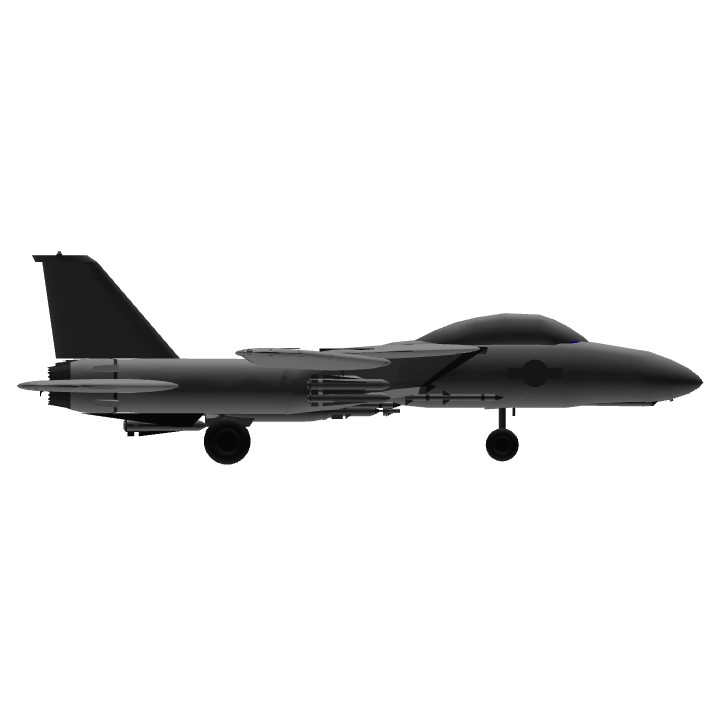
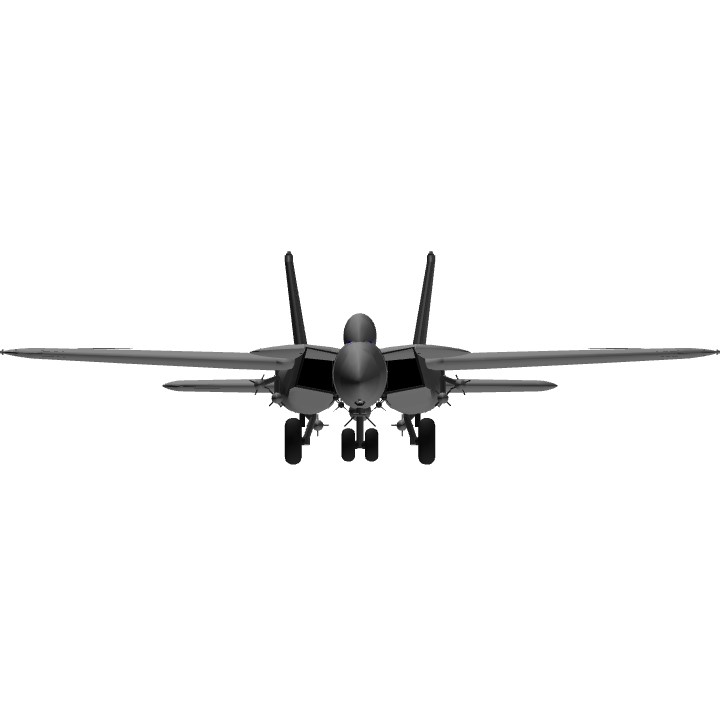
5pt5pt5pt7pt2pt10pt20ptTotal
54pt